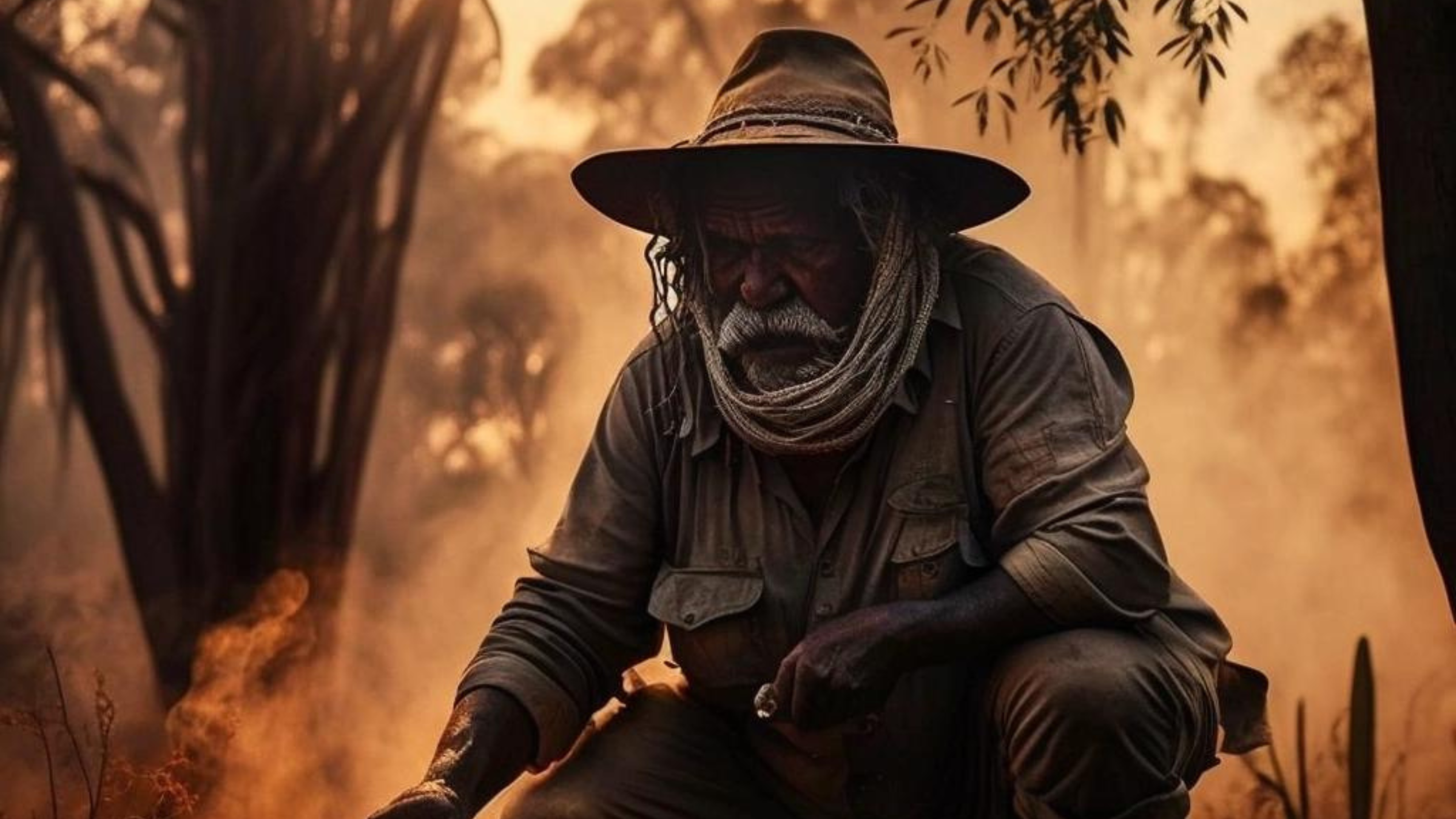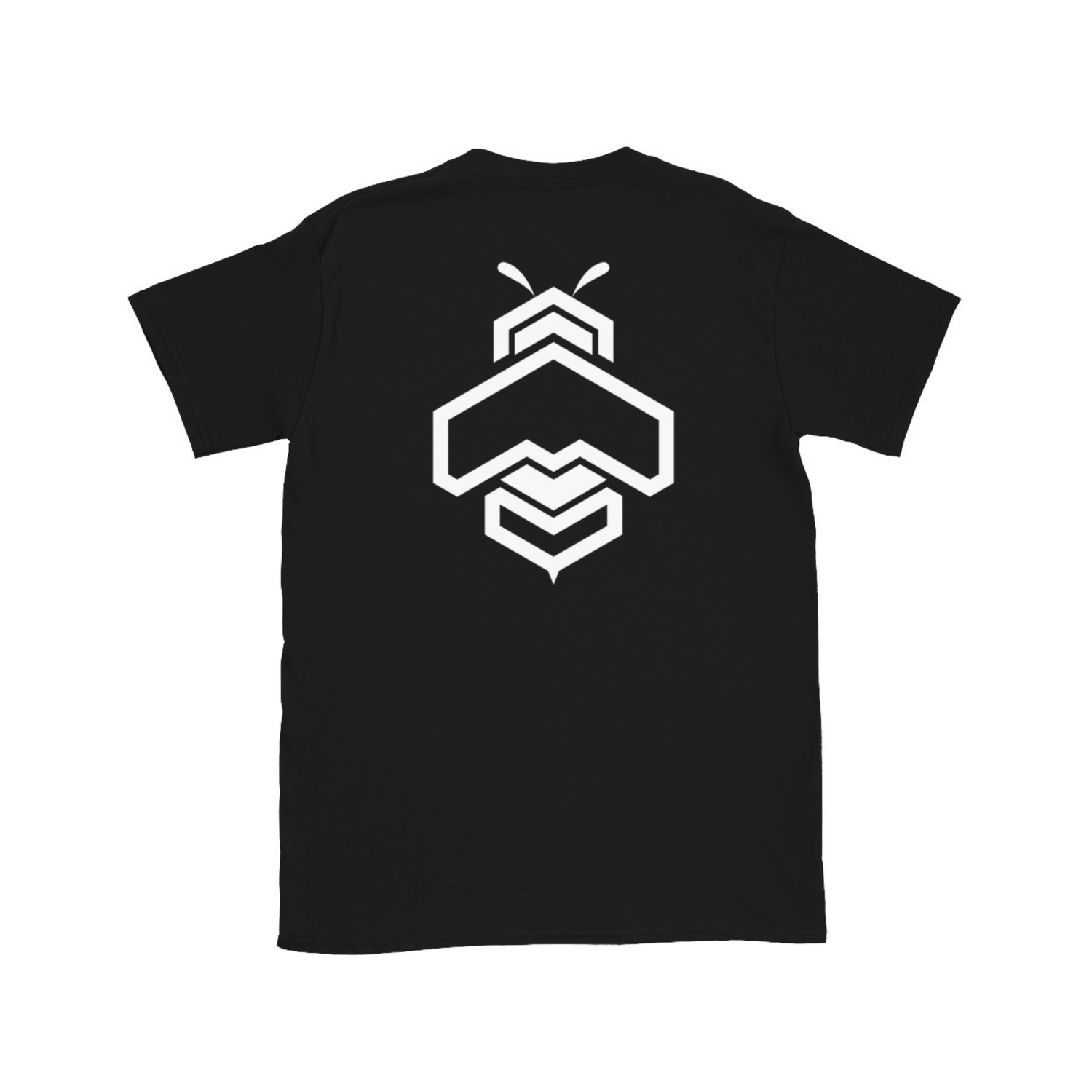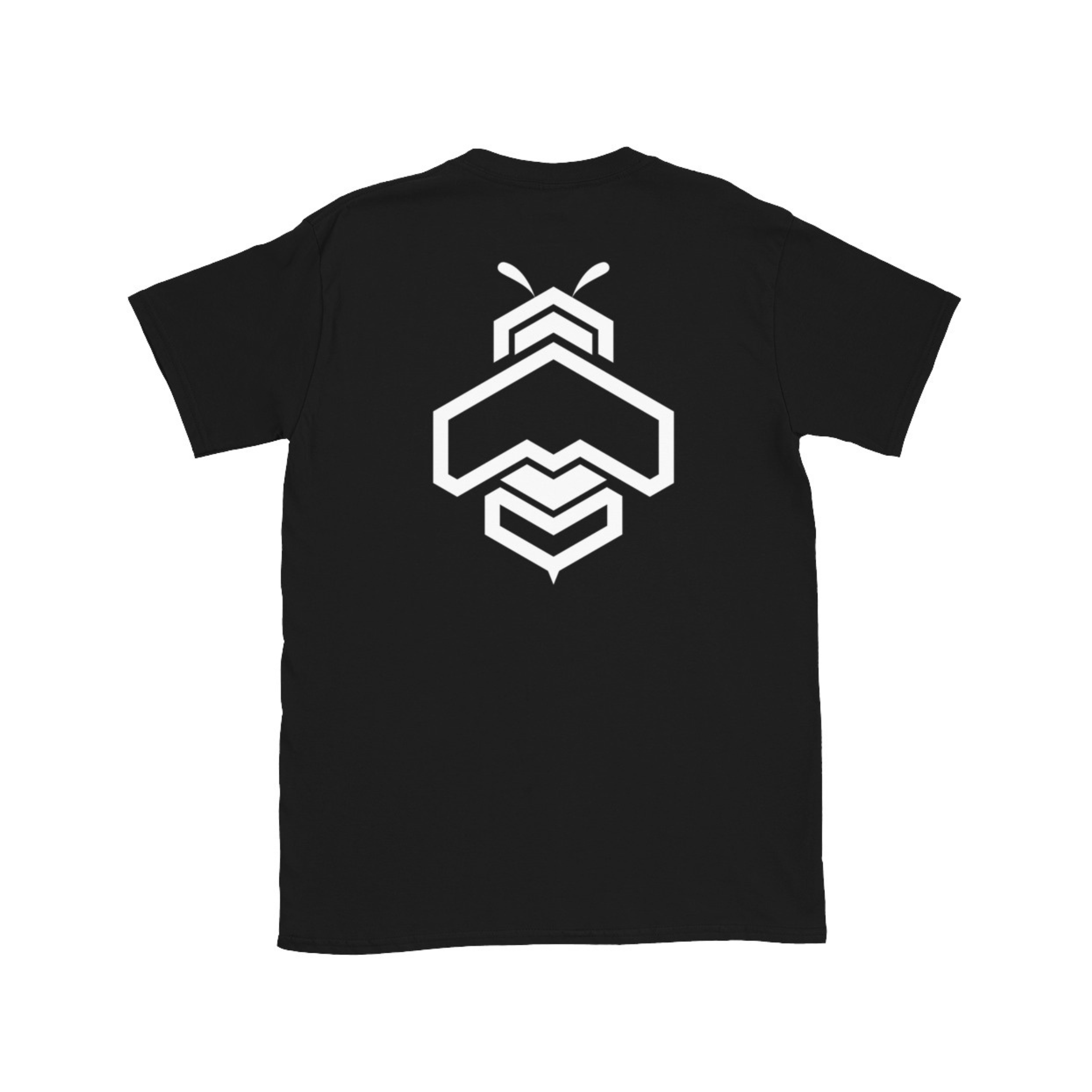Indigenous peoples all over the world have used fire to manage their lands for centuries, but what exactly is cultural fire?
Introduction
Since time immemorial, fire has been an essential component of ecosystems, and people have used it for various purposes. However, there has been a surge of interest in cultural fire, which refers to indigenous peoples' use of fire to manage the landscapes they inhabit. While many people are aware of the destructive power of wildfires, cultural fire is not the same. It is a tool used to keep ecosystems healthy, promote biodiversity, and support cultural practices. This article will define cultural fire, explain how it works, and discuss its importance to indigenous communities and the environment.
What exactly is Cultural Fire?
Cultural fire or Cultural Burning is a traditional practice in which fire is used to manage and maintain ecosystems. It is an important part of the cultural heritage of many indigenous communities worldwide, and its use is based on a deep knowledge of the land and its cycles. Cultural fire is a complicated and highly skilled process that necessitates knowledge of the natural environment, fire behaviour, and the ecological requirements of various plant and animal species.
Cultural fire is not the same as uncontrolled wildfire, which can devastate landscapes and communities. Cultural fire, on the other hand, is a meticulously planned and executed practice that takes into account factors such as weather, wind direction, and fuel loads. The goal of cultural fire is to promote ecological health and maintain ecosystem balance. Indigenous communities can completely remove the risk of catastrophic wildfires, stimulate plant growth, and promote plant and animal species biodiversity by conducting culturally prescribed controlled burns.
How Does Cultural Fire Function?
Cultural fire is a multi-step process that necessitates the expertise of highly skilled practitioners. The first step in cultural fire is to determine the appropriate conditions for a burn, such as vegetation type, soil moisture, and weather conditions. After determining the appropriate conditions, the burn area is meticulously prepared by removing excess fuel, such as dead leaves, branches, and other debris.
The next step is to start the fire, which is usually accomplished by lighting a small, controlled flame in a specific area. The fire is then carefully monitored and controlled to ensure that it does not spread beyond the specified area. During the burn, practitioners monitor the fire's behaviour and make adjustments as needed to ensure that it burns evenly and does not 'get away'.
Following the completion of the burn, the practitioners carefully observe the area to assess the impact of the fire on the landscape. This data is used to plan future burns and gain a better understanding of the ecosystem's natural cycles.
Cultural Fire's Importance for Indigenous Communities and the Environment
Cultural fire is an important tool for indigenous communities because it promotes ecosystem health and cultural practises. Many indigenous people regard fire as a sacred element, and the use of cultural fire is a way for them to honour their connection to the land while also preserving their cultural heritage. Cultural fire has significant environmental benefits in addition to its cultural significance.
Indigenous communities can reduce the risk of catastrophic wildfires, which can be devastating to ecosystems and communities, by using cultural fire. Cultural fire also promotes plant and animal biodiversity by stimulating the growth of new vegetation. Cultural fire can also help to reduce erosion and improve soil health by encouraging the growth of native plant species.
Conclusion:
Cultural fire is a complex and highly skilled practice that indigenous communities around the world have used for centuries. It is a tool that promotes ecological health, keeps the ecosystem balanced, and supports cultural practices. Indigenous communities can benefit from the controlled and intentional use of fire.
For more information on Cultural Fire, or if you want to support Cultural Fire and Cultural burning activities. Check out Fire Lore Collective.
References & Links
https://culturalburning.org.au/
https://australian.museum/learn/teachers/classroom-activities/cultural-burning/
http://www.walkaboutpark.com.au/aboriginal-culture/cultural-burning









